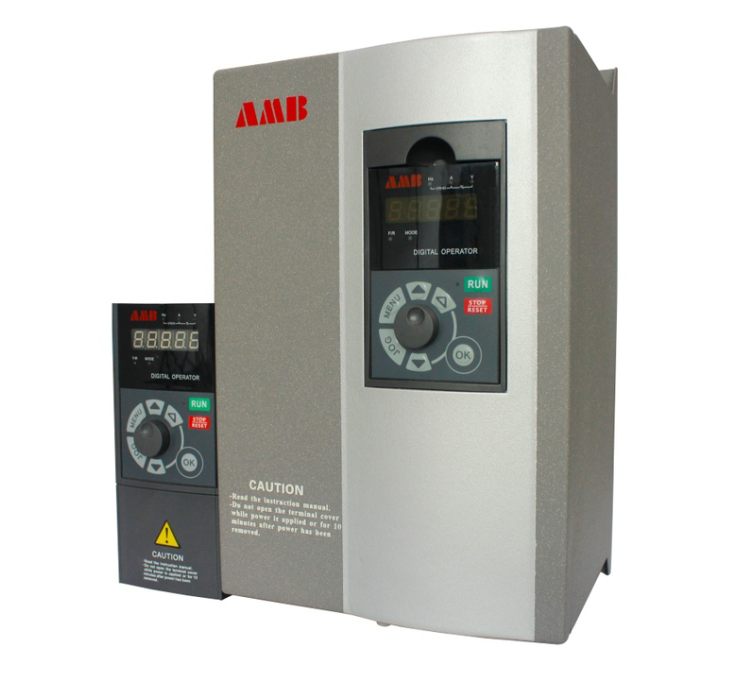
The speed regulating motor is designed for AC speed regulation in terms of its original design, but the most direct reason for the rise of variable frequency speed regulation is the simple structure, low cost and convenient speed regulation of ordinary asynchronous motors. If the frequency conversion speed regulation must be equipped with a special motor for frequency conversion, then there is a contradiction. Isn't the inherent simplicity, sturdiness and durability of frequency conversion speed regulation gone?
The effect of frequency conversion speed regulation on the motor and its efficiency The frequency pulse output by the frequency conversion speed regulation to the motor terminal is non-sinusoidal regardless of the control method used. Therefore, the analysis of the operating characteristics of ordinary asynchronous motors under non-sinusoidal waves is the impact on the motors when the frequency conversion speed is adjusted.
Mainly has the following aspects:
Motor loss and efficiency Motors operating under non-sinusoidal power supplies will have many additional losses in addition to the normal losses generated by the fundamental wave. Mainly manifested in the increase of stator copper loss, rotor copper loss and iron loss, thus affecting the efficiency of the motor.
1. The harmonic current of stator copper loss in stator winding makes I2R and increase. When ignoring the skin effect, the stator copper loss under non-sinusoidal current is proportional to the square of the effective value of the total current. If the stator phase number is m1 and the stator resistance of each phase is R1, then the total stator copper loss P1 is the effective value of the total stator current, including the fundamental current, Irms, which is substituted into the above formula. Harmonic loss. Through experiments, it is found that due to the existence of harmonic current and the corresponding leakage flux, the saturation of the magnetic circuit of the leakage flux is increased, so the excitation current is increased, and the fundamental component of the current is also increased.
2. The copper loss of the rotor is generally considered to be a constant resistance of the stator winding at the harmonic frequency, but for the rotor of the asynchronous motor, its AC resistance is greatly increased due to the skin effect. Especially the deep-groove cage rotor is particularly serious. Synchronous motor or reluctance motor under sine wave power supply, because of the stator space harmonic magnetic potential is very small. The losses caused in the rotor surface windings are negligible. When the synchronous motor is running on a non-sinusoidal power supply. The time harmonic magnetic potential induces rotor harmonic currents, just like an asynchronous motor running near its fundamental synchronous speed.

|
|

|
| The public, | Mobile station |
 0755-81719517
0755-81719517
|
|
 0755-81719530 0755-81719530 |
 [email protected] [email protected] |
 Floor 1, 5 and 6, building 7, lijincheng science and technology industrial park, gongye dong road, longhua new district, shenzhen Floor 1, 5 and 6, building 7, lijincheng science and technology industrial park, gongye dong road, longhua new district, shenzhen |
|